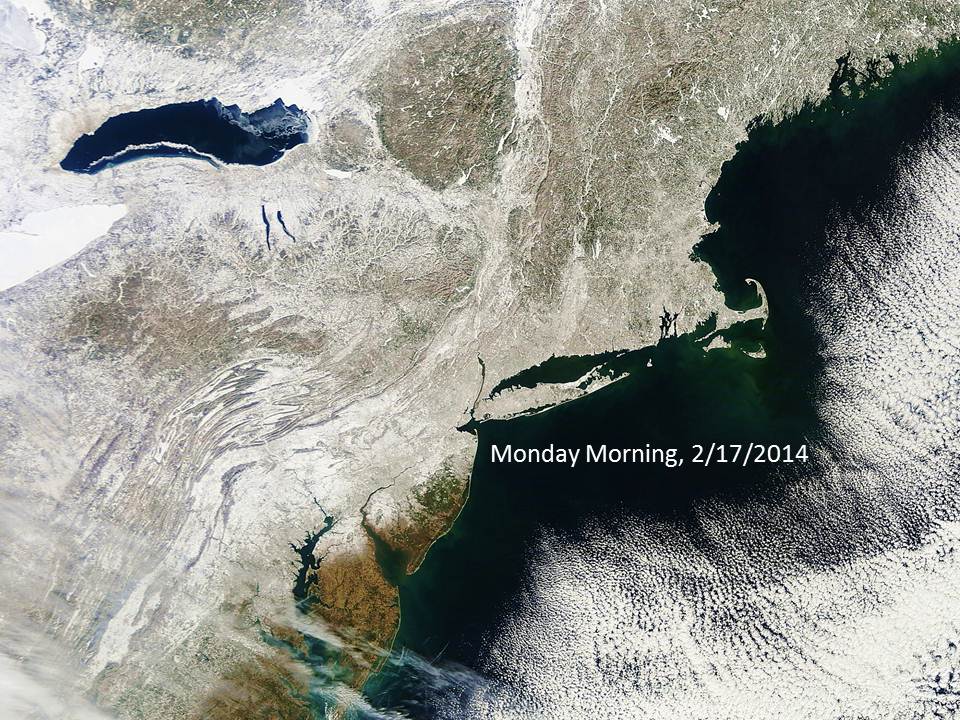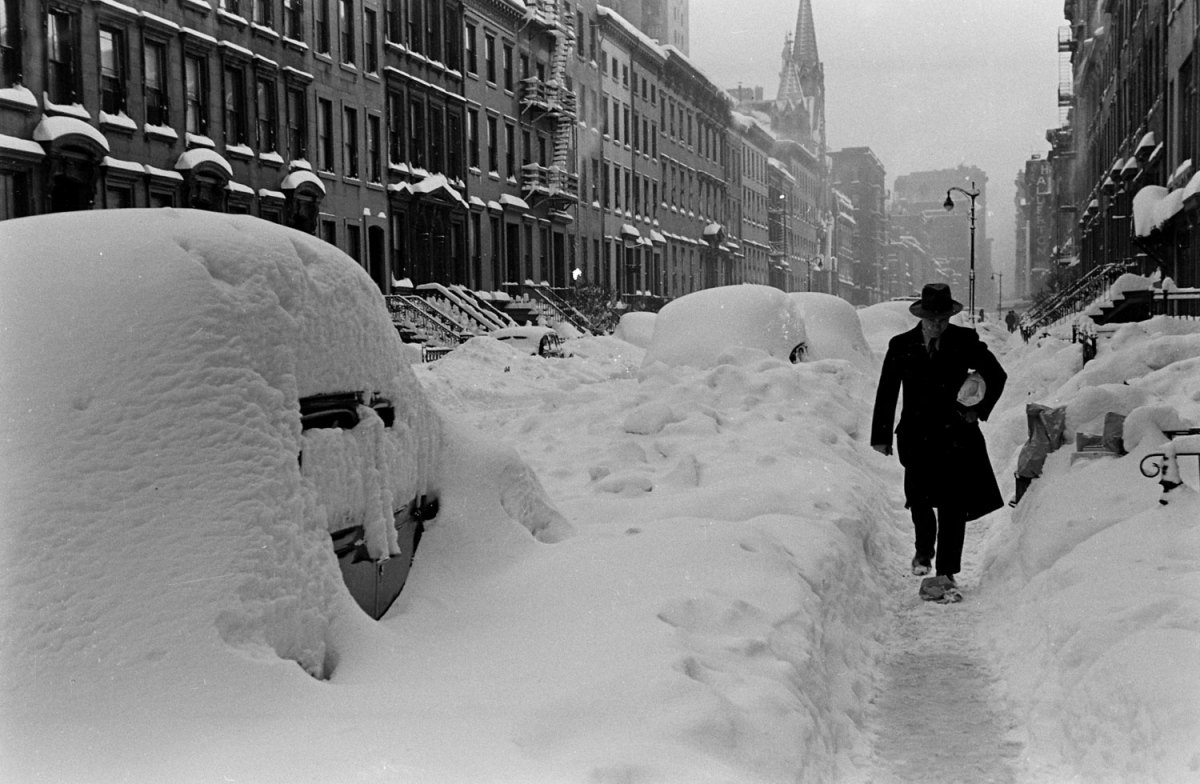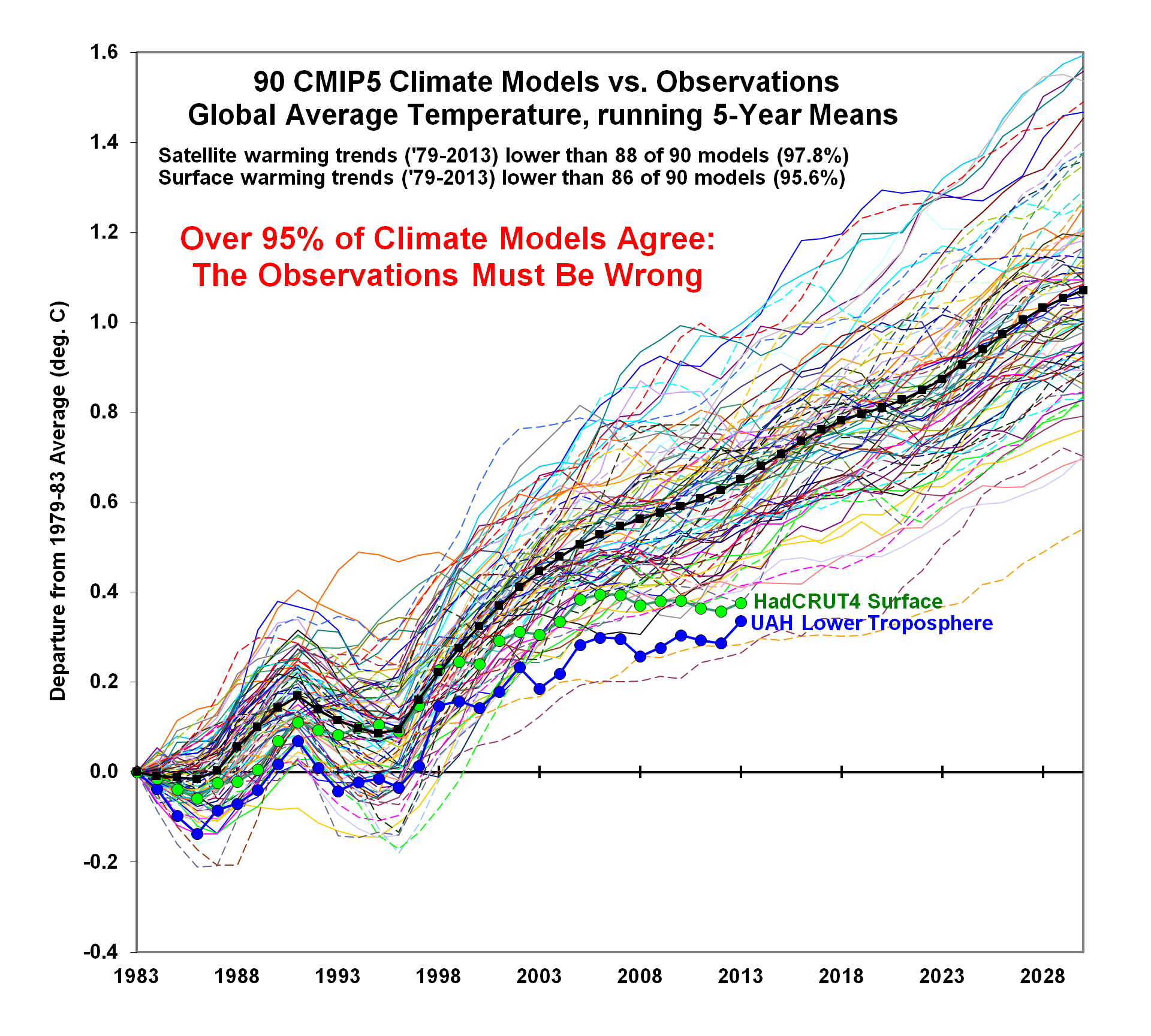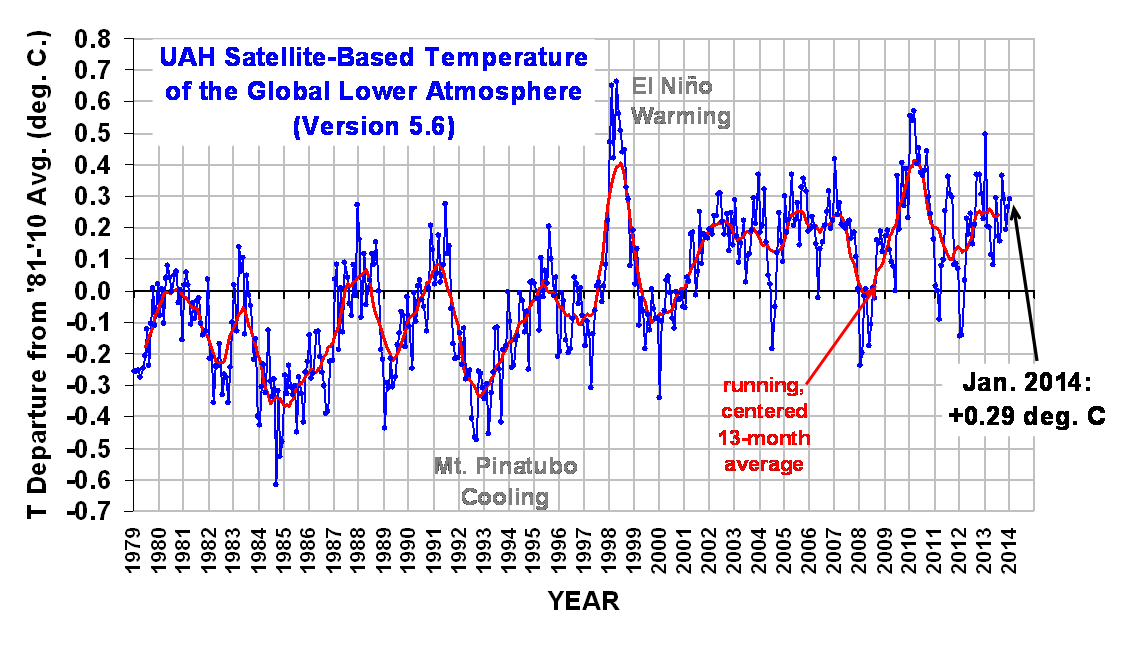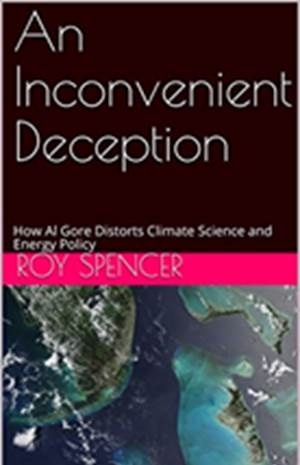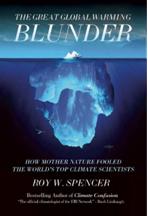I received the following question from a loyal, frozen reader:
Uff da, Dr. Roy! Exactly how does global warming cause 50 deg. below zero in Minnesota? – Lars Olsen
Excellent question, Lars! Let me climb down out of my ivory tower and I will attempt to explain it to you….
You see, right now there is a little bit of open water in the Arctic Ocean that isn’t frozen over. This is a bad thing, because Beluga whales are known to surface in these waters where they produce emissions of a potent greenhouse gas, methane.

These methane emissions then drift over land. This, in turn, causes herds of caribou (which have a keen sense of smell), to start moving in a clockwise direction (in the northern hemisphere), transferring anticyclonic vorticity from the Earth to the atmosphere.
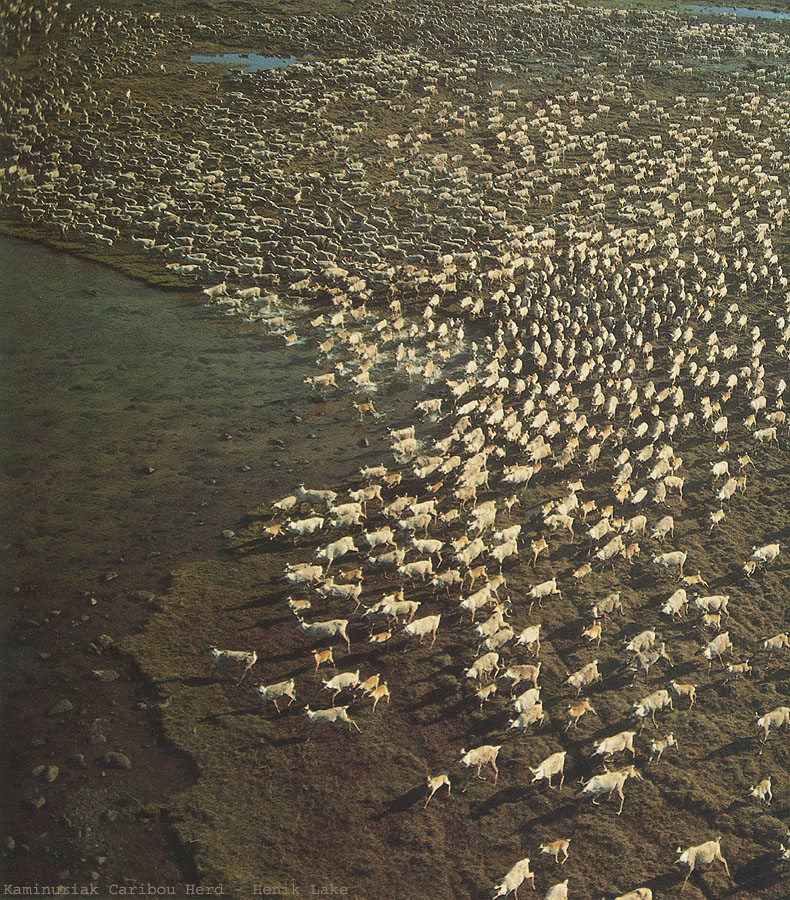
As every meteorologist knows, anticyclonic vorticity causes atmospheric high pressure to form, which drags cold air down from the upper atmosphere (kind of like in the Al Gore docudrama, Day After Tomorrow).
In response to this Beluga-Caribou Forcing, polar vortex butterflies start flapping their wings harder. These very rare creatures are seldom seen, but global warming-cooling theory suggests there are trillions of them.
 As they do so, the Polar Vortex® starts spinning erratically and moves southward.
As they do so, the Polar Vortex® starts spinning erratically and moves southward.
Why southward, you ask? Silly Lars, every direction from the north pole is southward. Sheesh. Now quit interrupting…
What then makes the whole process really get energized, though, is the billions of polar bears that have died, and are no longer blocking the cold Arctic winds from plunging into Minnesota.

Concern over the billions of dead polar bears then causes humans to do stupid things to the environment (as part of their fundraising activities) which then causes the oceans to warm, if ever so slightly.
Scientists do not yet understand why humans behave in this way, but there is sufficient anecdotal and photographic evidence to conclude that they really do:
Finally, all of these effects, together, are believed to be part of a positive feedback loop:
Stupid people warming oceans leads to
=> less sea ice
=> whale farts
=> spinning caribou
=> polar vortex butterfly stimulation
=> reduced wind blocking (dead polar bears)
=> (more) stupid people warming the oceans…
…and the whole process starts over.
So there you have it. This is how global warming is believed to cause 50 below zero temperatures in Minnesota.
And that’s a fact, Jack.

 Home/Blog
Home/Blog

